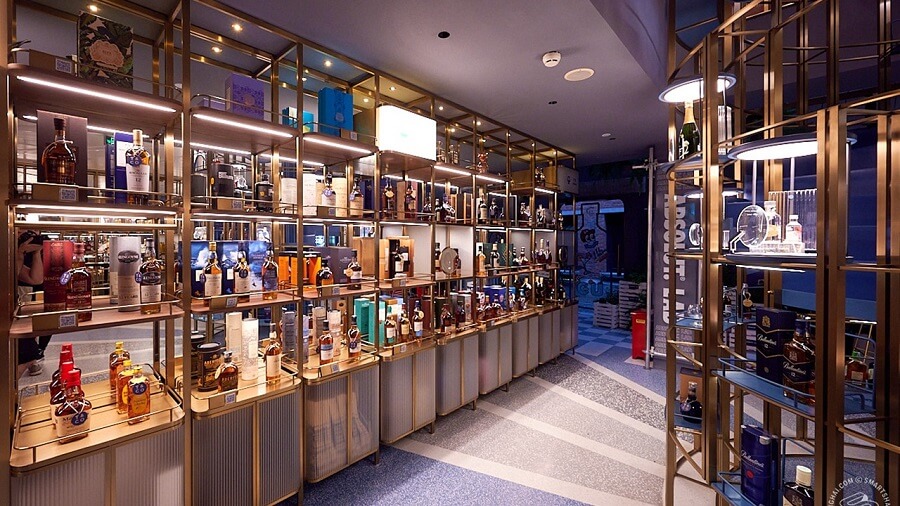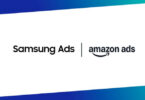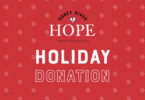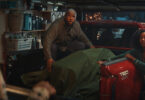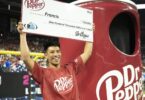When the pandemic upended patterns of alcoholic beverage consumption, it challenged the predictability of what had historically been one of the steadiest categories in the United States for a century. The whats, hows and whys driving BevAlc consumption all shifted, and these shifts contain lessons that are still resonating, now and into the future.
Stay Human
It’s easy to get scientific in the world of marketing as we analyze these trends, but we have to remember our targets are real human beings – just like us. Assuming that you’re a human as well (no Captcha verification needed), let’s not overthink this. Let’s instead ask ourselves, “What’s an easy solution for my needs?” It’s a perfectly valid question in those moments when we’re all in this together and we’re all experiencing the same events and mindset shifts that are driving changes in consumer behavior.
Follow Their Lead
Over the past several years, the type of alcohol sought by consumers has changed. Brands have seen a surge in consumers looking for innovative and convenient options. Driven by an increased societal focus on health, wellness and ingredient transparency, plus a desire for new and interesting flavors that can be consumed immediately without any mixing, the ready-to-drink (RTD) category cemented itself as one of the largest sectors in the industry.
The pandemic caused a sudden seismic shift from on-premise consumption (bars, restaurants, etc.) to off-premise (liquor store, grocery) for at-home enjoyment. As Covid measures dissipate, the scales tip toward on-premise again. But consumers have come to expect ease and portability from their beverages. In this case, lean into providing a solution for at-home consumption occasions. As marketers, we should show consumers why they should choose our product and how they can enjoy it — in a familiar and attainable environment in which they are already partaking.
Meet the Need
Brands and retailers have made it easier than ever to get product into our hands. But, with so many options, how does a consumer choose or know if it’s the “right” product for them? Let’s start with how people choose. Not everyone is ready or wants to spend time in on-premise locations. This is why alcohol sales through retailers and e-commerce vendors, like Drizly, exploded.
The way people are shopping in stores has also changed. Most shoppers are still minimizing the number of trips to stores. They’re also maximizing the efficiency of each trip and broadening the category mix in their basket. This provides opportunities to get new BevAlc brands in front of them. The challenge is to capture their attention on these more focused, more planned shopping trips, which means we need to equip them with the tools pre-and-at-point of purchase that lead them (not convincees them) to consider new brands for their needs/wants. Many shoppers come in store with an expected beverage problem-to-solve, such as what to drink for an anniversary dinner, or the need to serve delicious, easy-to-make cocktails for an upcoming event, etc. We should design our creative to lead and show shoppers how our brands directly solve their beverage occasion/problem.
Use What You Have
Observing human behavior, it’s clear that attention spans are short, and glancing at our phone screens has become habitual. On average, people pick up their phone 58 times a day, and most of those sessions (70%) last less than 2 minutes. In shopper marketing, that’s often all the time we have to engage with consumers – which makes the resurgence of the QR Code, or Quick Response, a win-win for both brands and consumers.

When reduced shopping trips and people’s inclination to minimize time in store or interactions in restaurants collided, a touch-free/contactless solution became a no brainer. From sweepstakes to recipe suggestions, QR codes have seamlessly integrated into our day-to-day shopping and consumption behaviors. The opportunity for marketers? Because it’s such a familiar technology now, it’s a great way to attract potential customers and drive brand engagement. No need to overthink it. Let’s leverage an existing behavior rather than asking to shoppers to download yet another app or remember a program URL.
What Does This All Really Mean?
In the BevAlc industry, we’ve been able to tap into consumer behaviors that already exist to innovate and provide solutions – meaning other marketers can, too. While a lot of planning, research and sometimes 15 rounds of creative go into how we cater to those behaviors, it’s not always about starting from the ground up. Let’s tap into what consumers are already doing, give them what they’re asking for, and meets their needs in the process.


